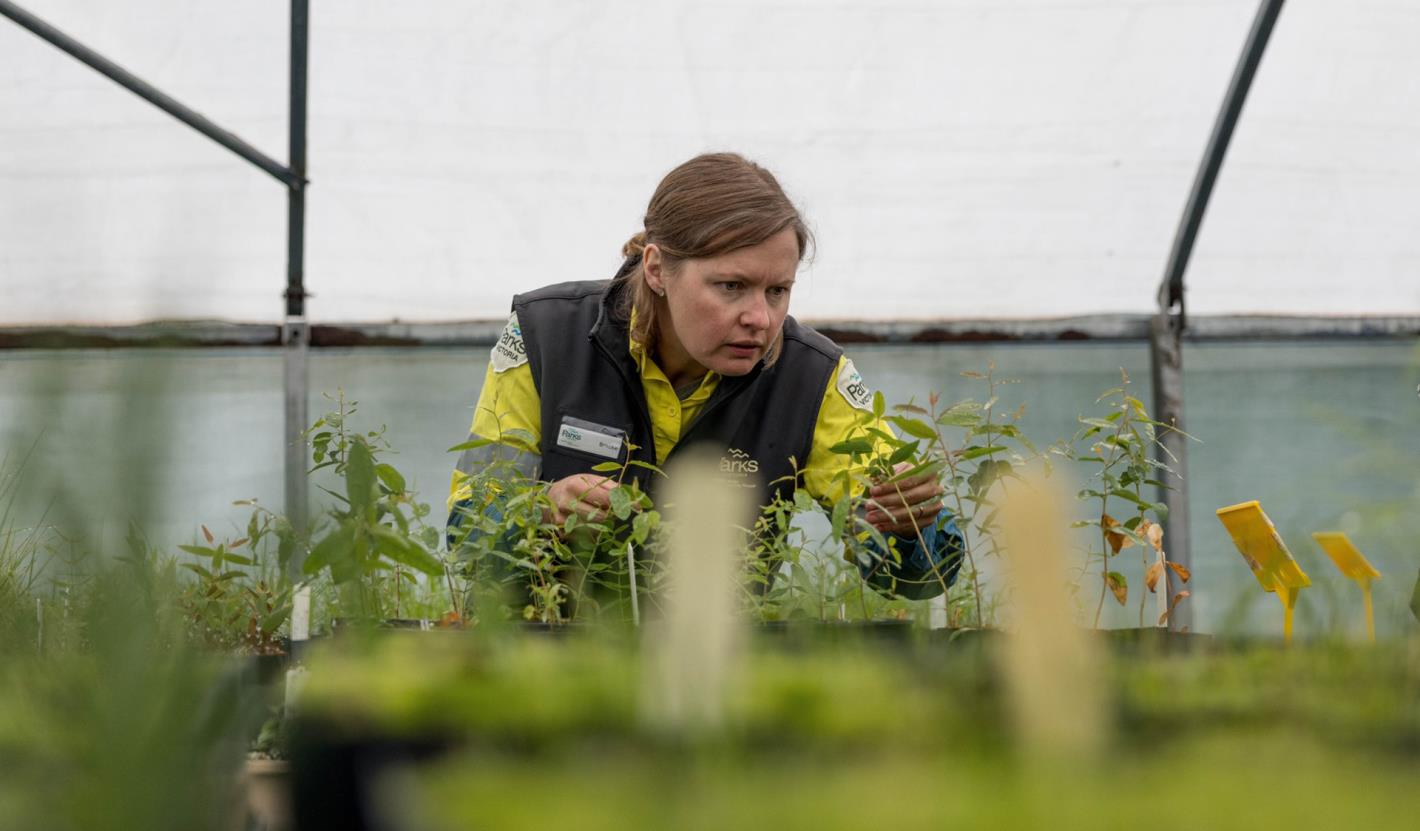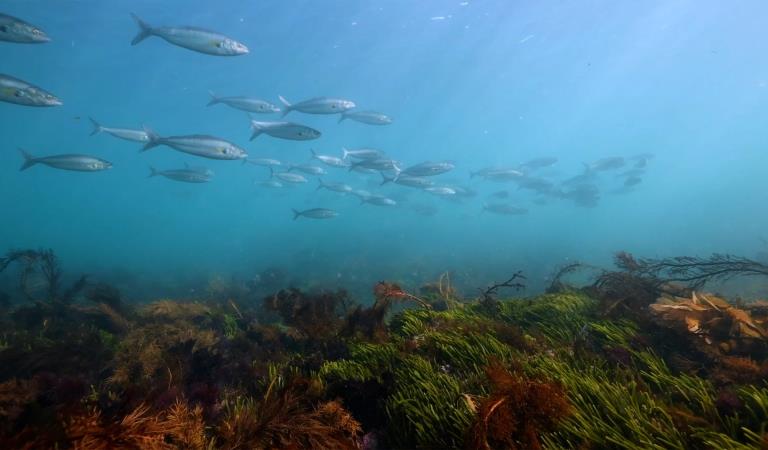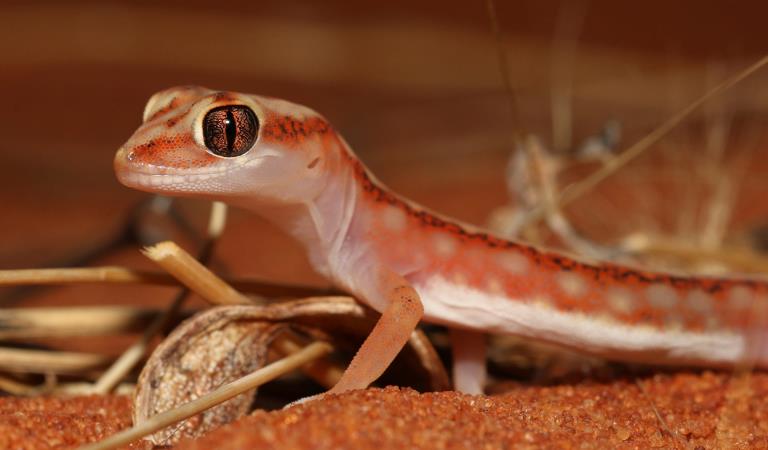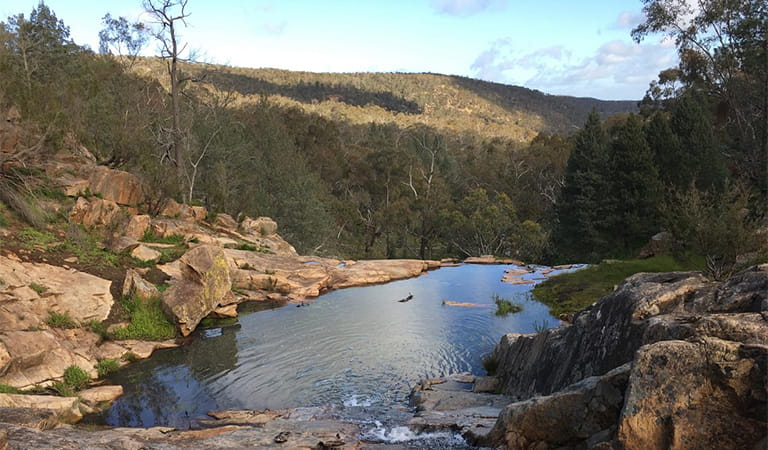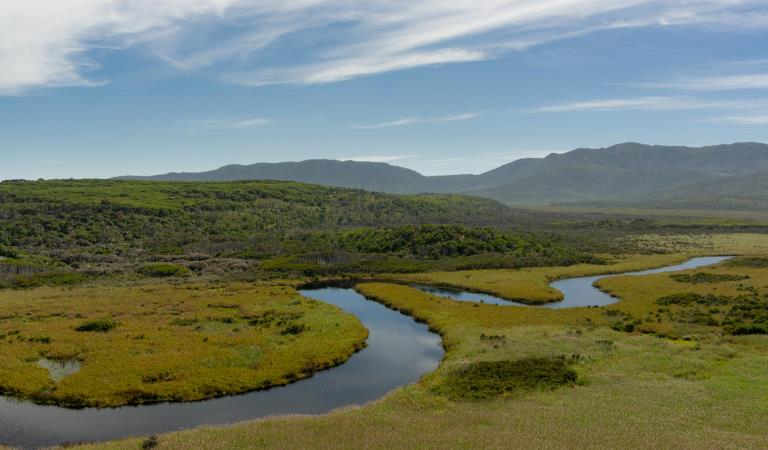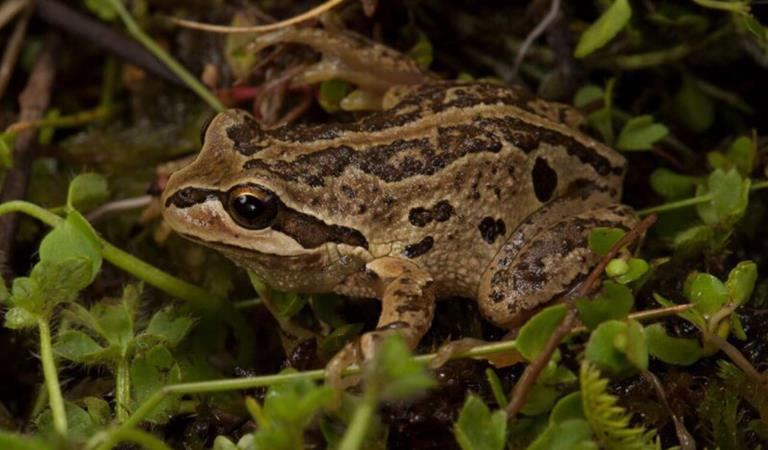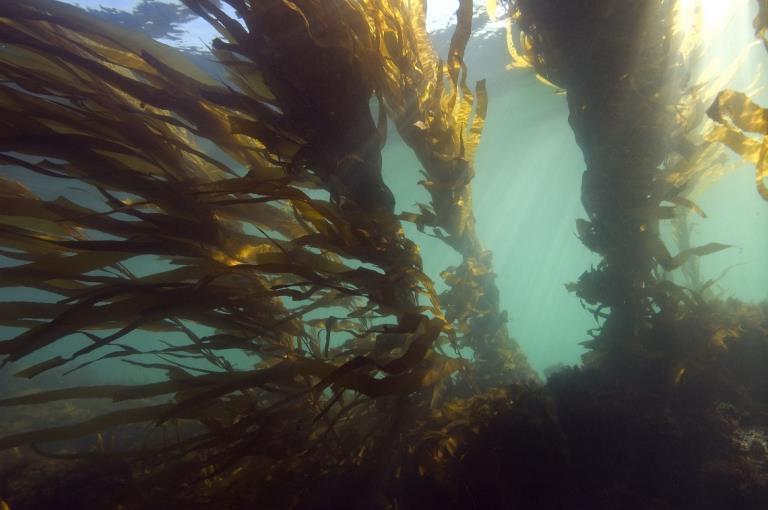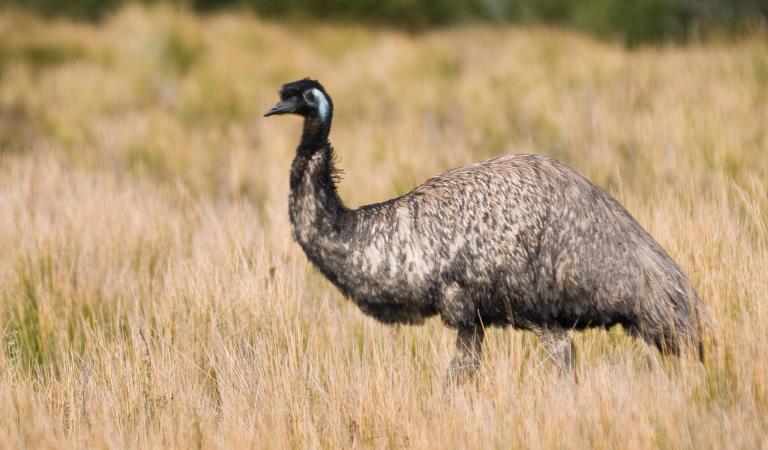Conservation and science
Victoria is home to the most diverse collection of landscapes in Australia. These landscapes support a wider range of ecosystems than any area of similar size in Australia. Our conservation programs help reduce threats and improve the health of our natural landscapes.
We know that to best look after something, we need to first understand what it is and how it works. That's why our conservation approach is based on best-practice science.
Parks contain the best of Victoria’s natural riches and a dazzling array of animal and plant species, habitats, ecosystems, landscapes and seascapes. They are central to the cultures of Victoria’s Traditional Owner Nations, our State’s identity, our environmental systems, our leisure, our health and wellbeing, and our economy.
However, we are facing unprecedented times and threats. Climate change is with us and its impacts are intensifying. The changing climate will not only bring its own threats – it will make many existing threats worse. Our challenge is to minimise the losses and damage as far as possible by maximising the health and resilience of species and ecosystems, by responding rapidly with protection and restoration action when impacts do occur, and by giving nature its greatest capacity to survive, adapt and even thrive in unknown future states.
The Nature Conservation Strategy is one key component of Parks Victoria’s strategic directions for managing the parks estate, set by the Land Management Strategy. The other key components are the Managing Country Together Framework, Healthy Parks Healthy People Framework.
If you love nature and would like to get involved, consider joining to our Citizen Science program.
Conserving our parks
Our conservation programs help reduce threats and improve the health of our natural landscapes. Healthy parks mean healthy plants, animals and people, and provide the best nature experiences for visitors.
Learn more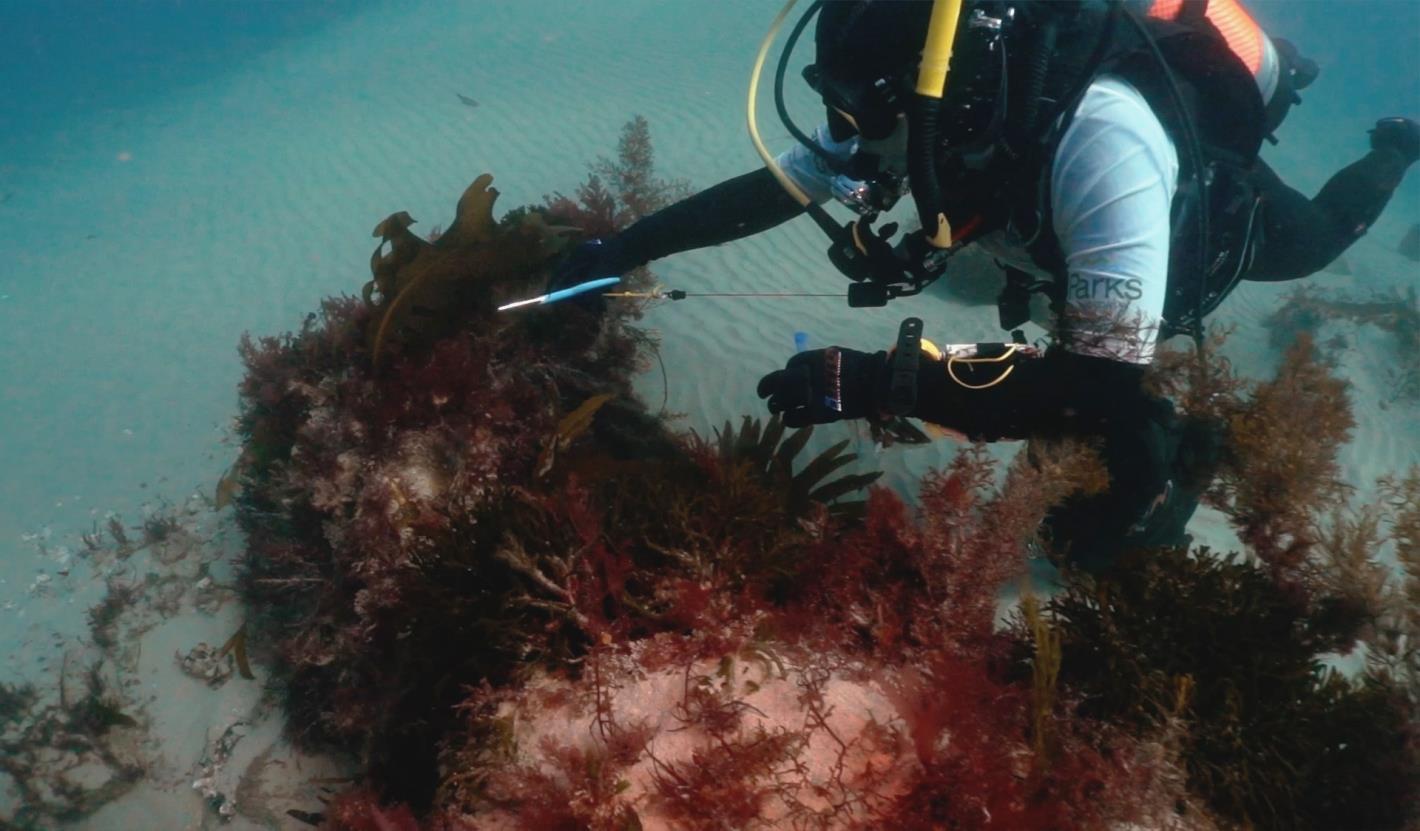
Science and research
Research is an important part of environmental management. It provides information to inform our decision making. Our staff undertake research programs to better understand how ecosystems, communities and species function; and understand and refine management programs.
Learn more